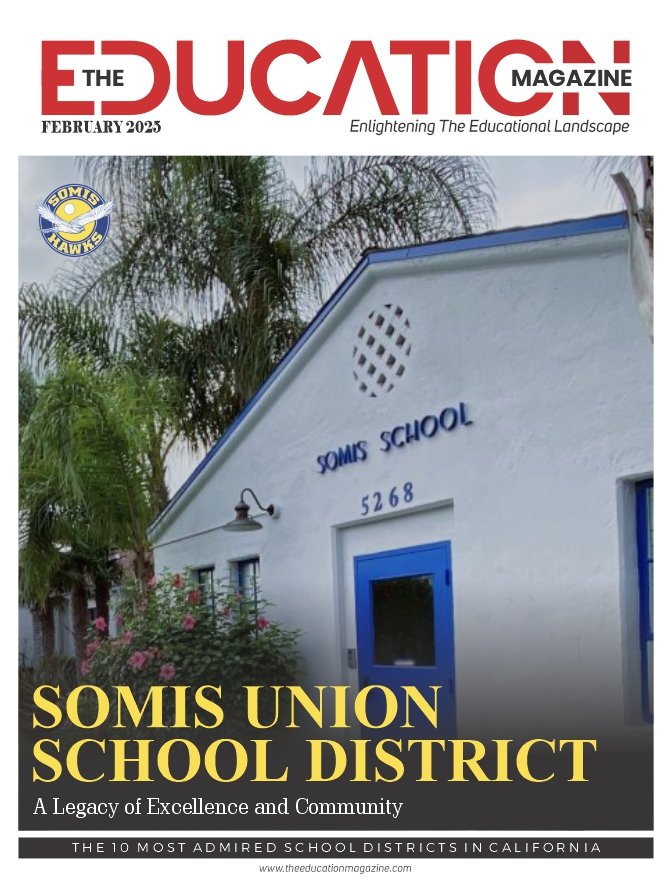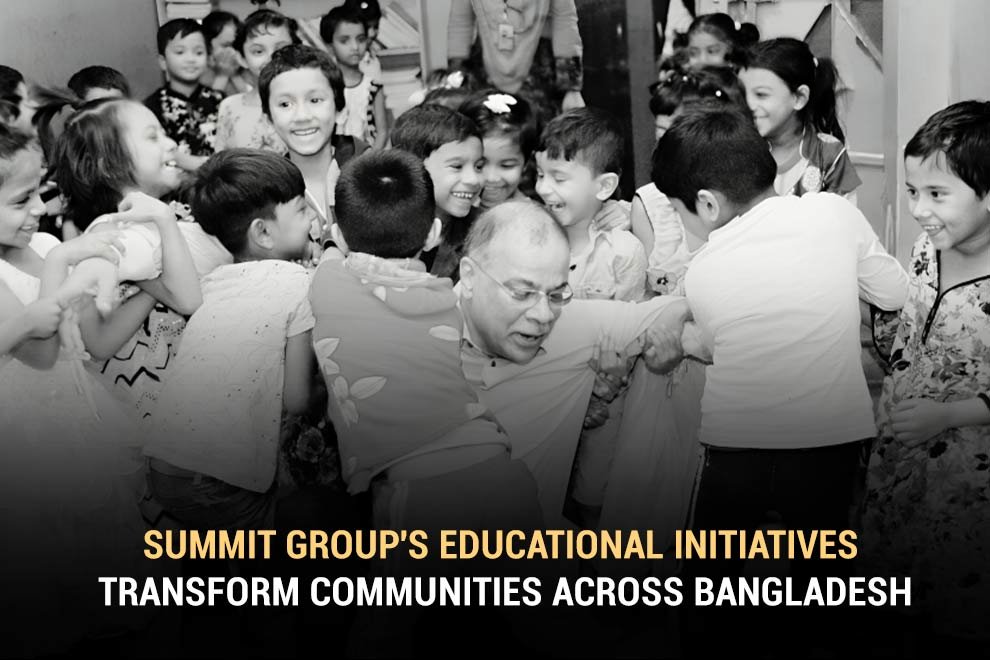Just as it is critical that educators take into account their students’ learning style when making instructional material, schools and colleges would be wise to also take into account generational personality traits in order to ensure that information and training is well delivered. The gap between those born in 1980s and those who were born in 1990s is increasingly obvious. In Colleges and schools we are dealing with population that’s a mix of Millennials and generation Z. Millennials are those who were born between 1981 and 1995. Generation Z (Gen Z) are those who were born 1996 to 2012. Average Millennial’s attention time span recorded as 12 seconds whereas average Gen Z’s attention time span recorded at 6 seconds- as per scientists’ claim; because of the significant effect of technology, millennials’ minds functions significantly differently than previous generations’. Smartphone era has left millennials and generation Z with such a limited attention span that if we compare the attention time span of millennials and Gen Z with goldfish, we find that a goldfish can keep a thought for longer. According to current research, the typical person has an attention span of 8.25 seconds, which is 4.25 seconds shorter than in 2000. Scientists confirmed that Goldfish have longer attention spans than humans which is recorded as nine seconds. Internet Generation (iGen), is what students ages 5 to 22 have been more commonly labeled.
Research shows that one of the human brain tasks is to form neurons. Neurons are information messengers. Children and teenagers produces more neurons as compared to adults and more neurons increases the capacity to learn. The more time students spend looking at a screen, the less work and processing their brains actually do. When a student reads a book, for example, their mind creates the pictures detailed in the text utilizing and honing their imaginative skills. This entails connecting multiple sections of their brain, however, looking at an image that already exists is far more passive. They’re not using as many portions of their brain as they should. As a normal part of brain development, Connections that are rarely or never utilized are eliminated by the brain or are atrophied which can be one of the reasons their interests and habits differ from those of baby boomers and Generation X. As a result, attracting the attention of these children and teenagers is a challenge.
Students may struggle to understand and develop their emotional intelligence, which might impede them from achieving their best levels of academic performance as well as decent social skills. They have less patience. Since they have access to whole encyclopedias and a sea of knowledge on their smartphones. Therefore, getting knowledge is not an issue however, retaining that knowledge is a challenge. Another challenge would be to keep student tuned by bringing curiosity. This bleak statistic makes it clear that the clever awareness method, which helps in improving the attention time span, is available to help only 25% of teens.
Human capacity for fast thought and memory, sometimes referred to as fluid intelligence, peaks around at the age of 20, after which it slowly starts to deteriorate, according to scientists. The health benefits of having a short attention time span may outweigh the risks. But it may have an impact on students’ social, career, and personal life. Because: Ignoring details or making apparent trivial errors may give the impression that students are uncaring to others.
There is another argument, according to Dr. Gemma Briggs, a psychology instructor at the Open University, she claimed that average attention span really means nothing. It is highly task-dependent. Depending on what a task requires from students, they will pay varying amounts of attention to it. Dr. Briggs explains, “How we apply our attention to different activities relies very much on what the individual brings to that scenario”. A person with a strong interest in art, for example, can focus on a painting and lose track of time! This implies that: students’ emotional state may influence how they perceive things.
In view of literature, I will give quick brief on how practices and patterns in different areas have been evolved due to the limited attention time span of Gen Z. Such as marketing strategies have been changed keeping in mind the Gen Z’s digital savviness. Since, they are extremely digital natives, therefore, companies now follow short video marketing strategies. Similarly, the length time of movies has dropped as well to better cater the demands of the gen z. In fact, if we look at data of century of cinema shows clearly the evolution of films for example; a Cornell University psychologist who has been researching the development of film mentioned that in English-language movies, the typical shot duration has decreased from roughly 12 seconds in 1930 to about 2.5 seconds in the present. This is because every time the viewer sees a new shot they have to adjust their attention. Whereas a film with only long cuts might cause people’s minds to wander and be lost in it and hence they would lose the track of the film as it’s segue isn’t smooth: it’s harder to follow. People especially new generation want everything in a shorter span of time. Not only in movies, but in other areas as well like sports. If we take an example of cricket, the advent of limited overs, single innings contests was unquestionably the most recent significant alteration in the game of cricket.
Similarly, in education sector, there is an immediate need for many changes. It’s very challenging for teachers to improve the attention time span. One of the reason is because some of the current practices suggested that teachers are putting more efforts on increasing students’ attention time span rather than developing their lecture keeping in mind the limited attention time span of students.
The question is how this can be done. Although, there have been so many scaffolding approaches we can find where it is clearly explained how to simplify a task to make it more manageable and doable for a student. However, in this article I will share the practices of my own class where I make sure to add few basic points to my lesson plan keeping in mind the characteristics and attitudes of Gen Z
1. News of the day
News of the day is an icebreaking activity which I incorporated in my teaching plan after COVID 19 pandemic, due to online classes. Icebreakers may also be created to acclimate the students to the online environment and warm up the virtual learning environments. One of the other reasons for introducing this strategy was to make the virtual learning space more interactive. News of the day does not have to be necessarily related to the topic that teacher has to teach that day. It could be any topic, new research, some interesting fact etc. For college students, news can be shared from students and teachers, however if it’s the class of younger students then it’s better for the teacher to take on the role of sharing the news of the day in lieu of maintaining discipline in the class. The benefit of doing this is that it is an attention grabbing activity and is fairly different from the traditional teaching styles students are accustomed to which will in turn result in students handling instructions in a smoother way. In the feedback process, my students shared that this is the best part of the lecture, as sharing news helped them in building their vocabulary and social awareness.
2. Compelling videos of introduction
I find this strategy very effective in my class especially when I have to deliver a new concept. When you are teaching a new concept to students, avoid spending a lot of time in talking about the history or context, instead develop a 50 seconds to one minute interactive video about the history. If the video gets a little longer you can divide them in smaller parts and incorporate questions after each part to keep the students interested. Nearpod is one of the example of interactive teaching tool where you can design interactive PowerPoints, videos and games. The important point here is that once you’ve created interesting and interactive content, make sure it’s succinct and direct. It must be digestible so that students may grasp it right away without having to fast-forward through a video. In this way, students will have to orient their attention after every couple of seconds.
3. Become influencers
Create social media profiles that Gen Z users truly want to follow. Generation Z made it clear that they don’t want to follow anything that isn’t authentic. Instead of employing more traditional educational techniques like getting a tutor, Gen Zers frequently use YouTube to learn new things. Another reason is, I interviewed couple of my colleagues and Alumni students and asked them if they can recall the name of teacher and tell me the reason why they remember that particular teacher. The average common answer that I received was because he/she was social and friendly. Therefore, it is concluded that building a community and engaging with others is motivating.
ALSO READ: Top 10 Best Languages to Learn to boost your career prospects













